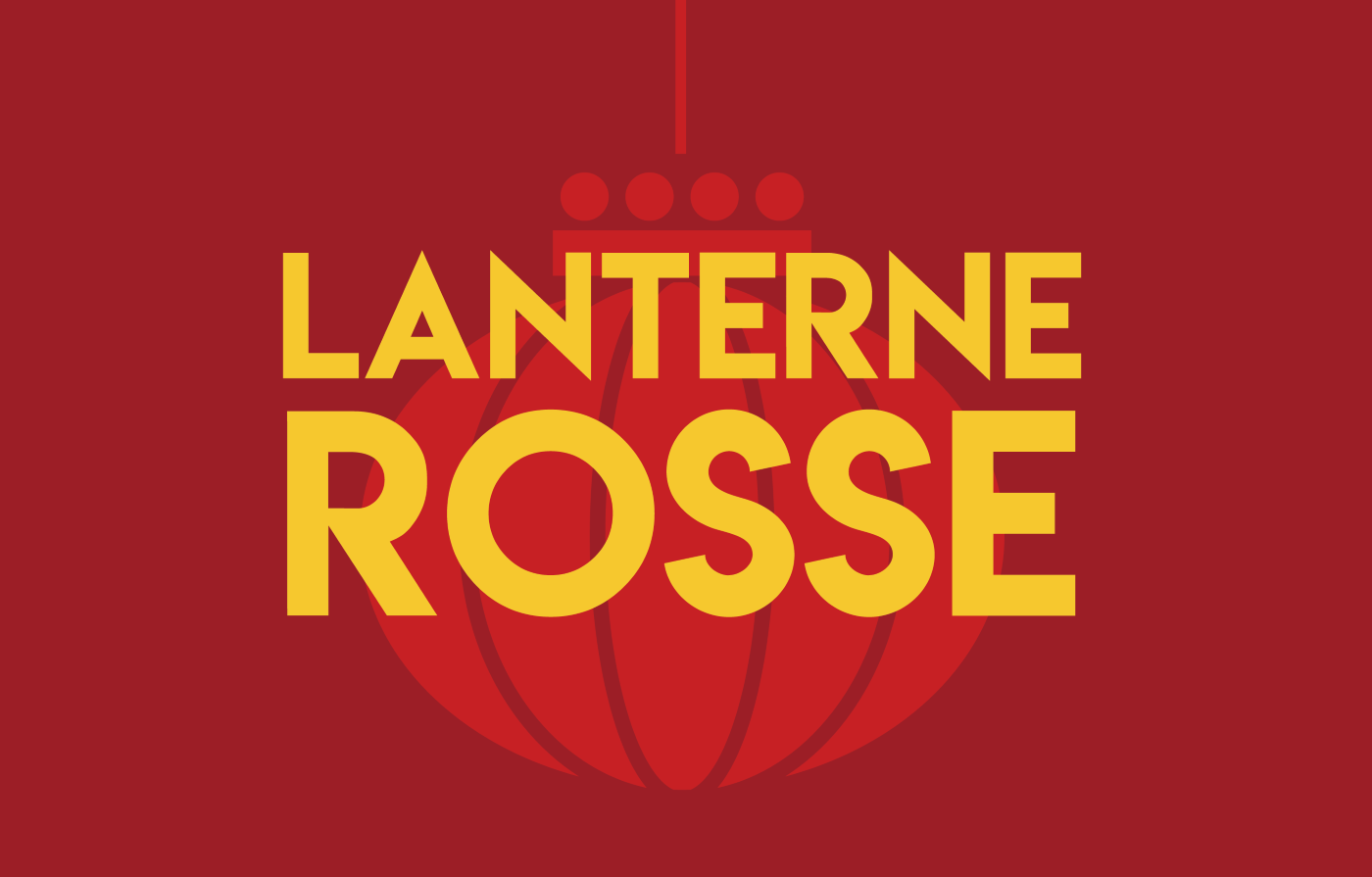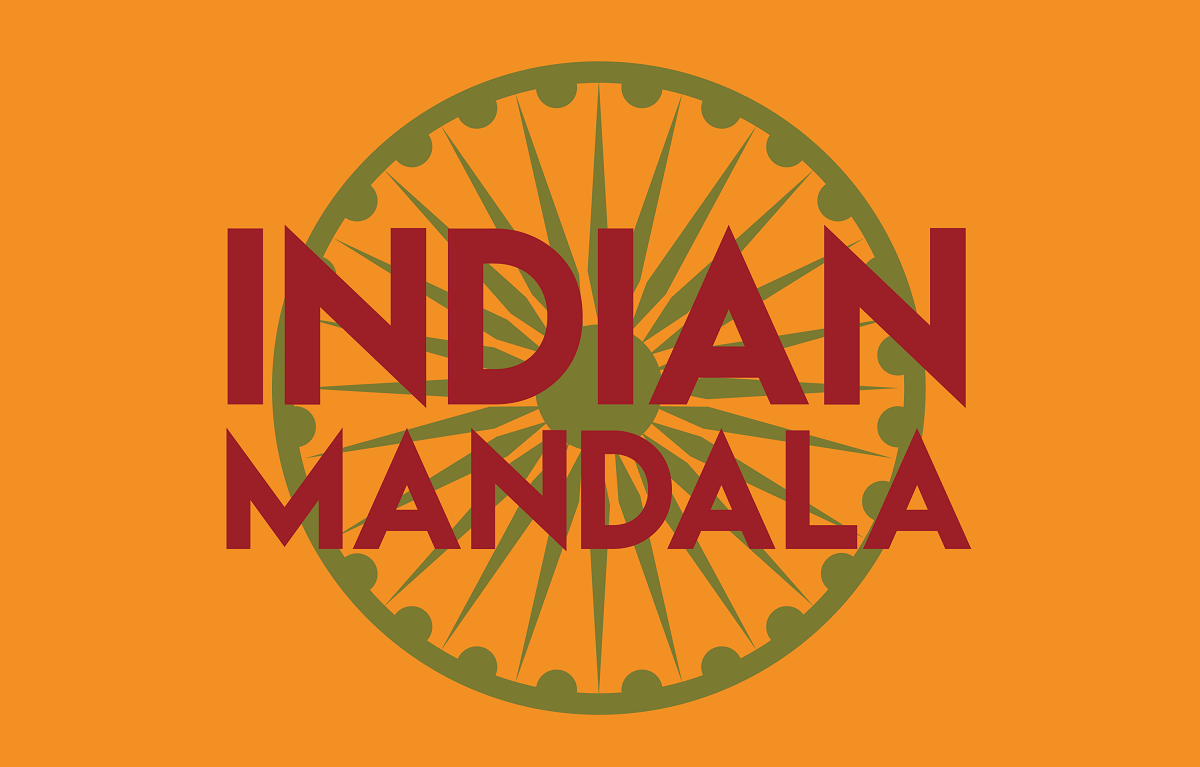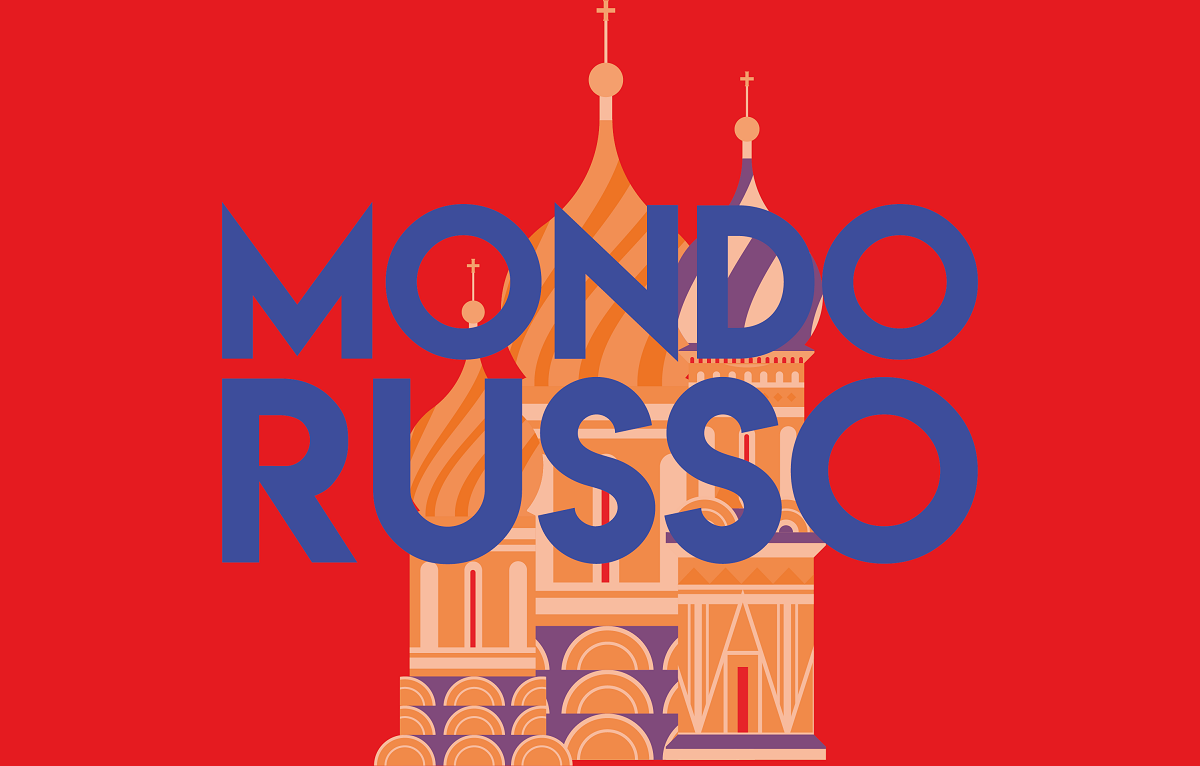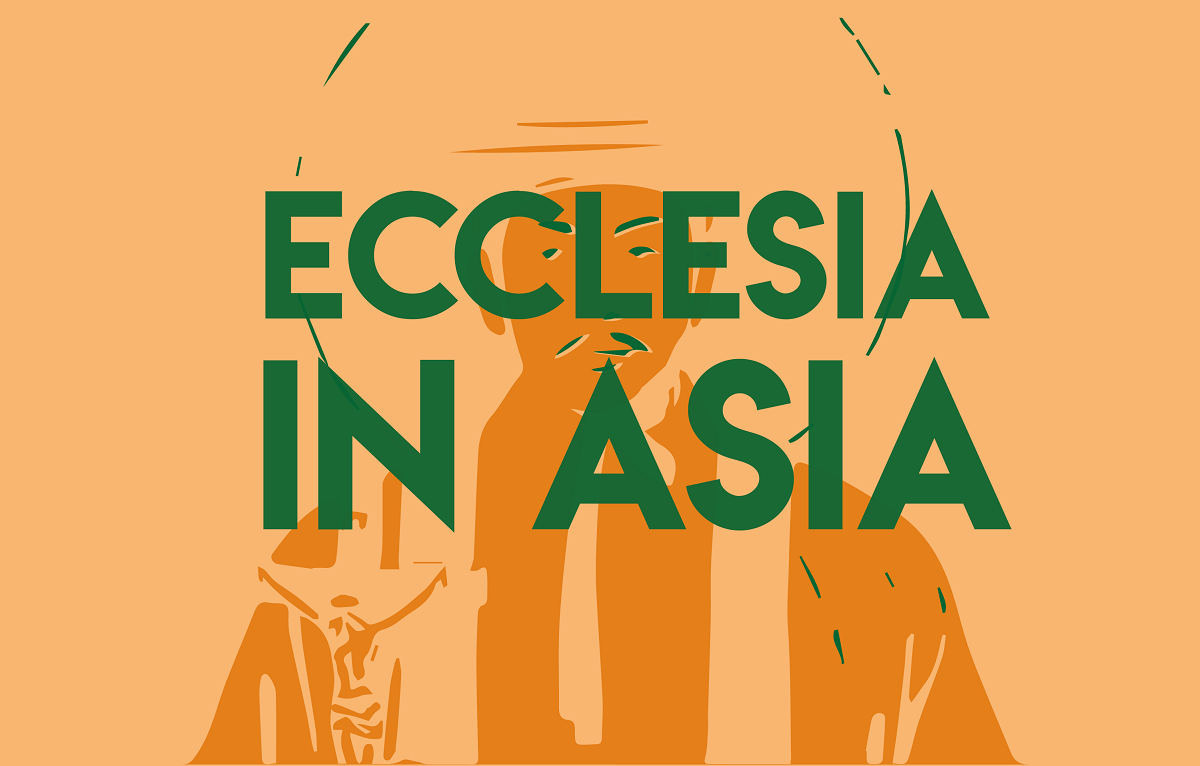80 years since World War II in Asia: Beijing prepares for parade, Okinawa calls for peace
On 3 September, China will stage a show of force to mark the anniversary of its victory over Japan. The event has strong symbolic and political significance, reflecting the country's strategic rivalry with Washington and other countries in the Asia-Pacific region. From the Japanese city of Okinawa, which in recent days commemorated the battle in which some 200,000 people lost their lives, a message to the contrary has emerged, calling for the past to be remembered in order to build peace, rather than tomorrow's conflicts.
Beijing (AsiaNews) - China is using yesterday's conflicts to project itself into tomorrow's. While the world follows the ongoing conflict in the Middle East, Beijing has announced that it will organise a military parade to celebrate the end of the Second World War.
The event will take place in Tiananmen Square on 3 September, a date that marks the 80th anniversary of the victory of the People's Liberation Army over the Japanese invasion and fascism, explained Hu Heping, deputy minister of the Chinese Communist Party (CCP) Propaganda Department.
For Beijing, this is the “first complete victory” against a foreign invader in modern history, and is therefore seen as the starting point for overcoming the humiliations of the past and strengthening national identity and unity.
In recent years, Beijing has also changed its narrative on the Second World War, shifting the starting point of the conflict to the Mukden Incident of 1931 instead of the 1937 battle on the Marco Polo Bridge, adding six years of war against the Japanese.
The celebration will focus on the historical significance of the Sino-Japanese War, but will also show China's willingness to “resolutely defend” the post-war world order, said Wu Zeke, an official from the War Office of the General Staff Department.
Like any military parade, the army's combat capabilities and the latest technological advances aimed at “strategic deterrence” will be on display, Wu added. 'In addition to a new generation of traditional weapons and equipment, new combat forces will also take part in the parade, including unmanned intelligence systems, underwater combat systems, and cyber and hypersonic systems," in accordance with the structure of the People's Liberation Army, which has undergone a series of organisational reforms since 2015, the Chinese official continued.
It is not yet clear which heads of state will take part: probably Russian President Vladimir Putin, who has planned a visit to China for those days, and Belarusian President Alexander Lukashenko. In May, Chinese President Xi Jinping took part in Russia's victory parade, held annually in memory of the defeat of Nazi Germany.
The Chinese parade appears to be a show of force aimed at its closest neighbours (Taiwan, Japan, South Korea, India and the Southeast Asian countries affected by Beijing's interference in the South China Sea) but perhaps also a response to the United States, which held its military parade on 14 June to mark the 250th anniversary of the creation of the US Army, a date that coincided with the birthday of US President Donald Trump and was criticised for being a spectacle similar to those seen in authoritarian countries such as Russia and China.
Chinese military experts also focused their analysis on the cultural aspects of the event rather than the technological ones, highlighting the presence of several large companies as sponsors and the general laxity of the US military.
Traditionally, China believes that political and ideological unity guarantee national survival, a rigour that is manifested in the martial seriousness of the People's Army. Furthermore, since Xi Jinping came to power in 2012, military and naval parades have increased, in line with the goal of creating a first-rate army by 2049.
The message from Japan on this 80th anniversary was completely opposite. On 23 June, the very day Beijing announced the parade, Okinawa commemorated the end of one of the most dramatic battles of the Second World War.
During the commemoration, Governor Denny Tamaki stressed that the city's “mission” is to continue to tell its tragic story “to preserve and pass on the reality and lessons to future generations”.
After the landing of US troops in Japan, approximately 12,000 Americans and more than 188,000 Japanese lost their lives in Okinawa, half of whom were civilians forced to commit suicide by the Japanese army to avoid surrendering to the enemy.
However, even after Japan's defeat, sealed with the bombing of Hiroshima and Nagasaki, the city remained under US occupation until 1972, and still hosts a large American contingent today. For the population, this is a wound that has not yet healed, or “a disproportionate burden”, as Tamaki described it: private property was seized to build the bases, while the local economy was converted to meet the needs of the 50,000 US soldiers stationed at the base.
In addition, there are still around 2,000 unexploded bombs from the war in Okinawa, and the remains of those who died during the battle have not yet been fully recovered. Tamaki reiterated that the battle and its lessons ‘have been preserved through the stories of war survivors’ and constitute ‘the roots of the Okinawan people and our enduring desire for peace.’
Aware of the still tangible impact of the Second World War on local residents, the Japanese bishops also launched an appeal for peace in recent days, calling for an end to the nuclear arms race that several world powers are returning to, as highlighted in the latest report published by SIPRI.
The Japanese Catholic Church has been particularly committed to the peace march that the diocese of Naha has been organising for 39 years on 23 June in memory of the victims of the Battle of Okinawa.
The event was attended by 200 people, including a delegation of bishops from across the country. At the end of a 15-kilometre walk, Cardinal Tarcisio Isao Kikuchi, Archbishop of Tokyo, presided over a Eucharistic celebration at the memorial site for those who died in that tragic battle.
RED LANTERNS IS THE ASIANEWS NEWSLETTER DEDICATED TO CHINA. WOULD YOU LIKE TO RECEIVE IT EVERY THURSDAY? TO SUBSCRIBE, CLICK HERE.
14/08/2025 13:31
07/08/2025 10:30
06/02/2025 12:55





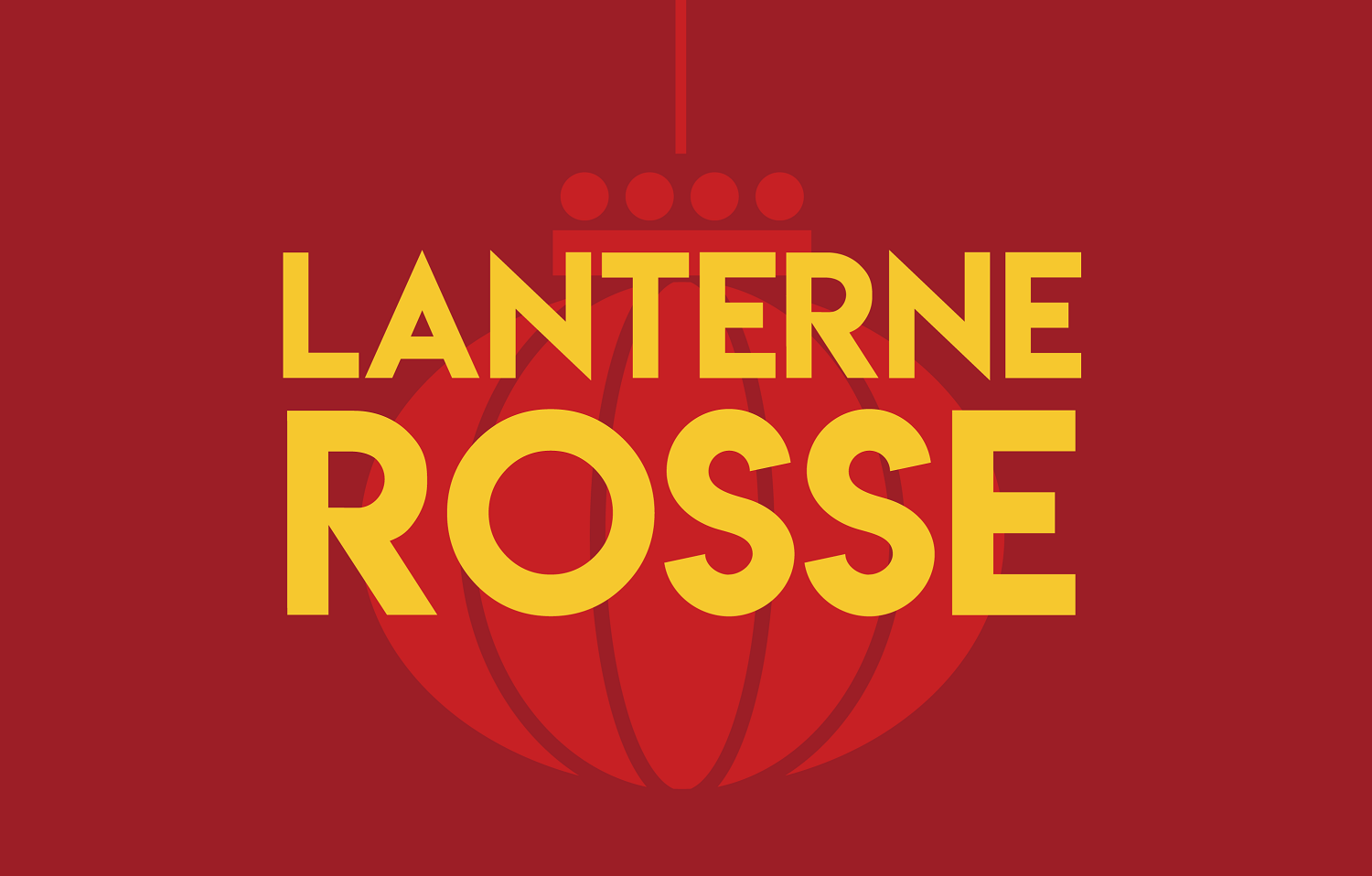

.png)

